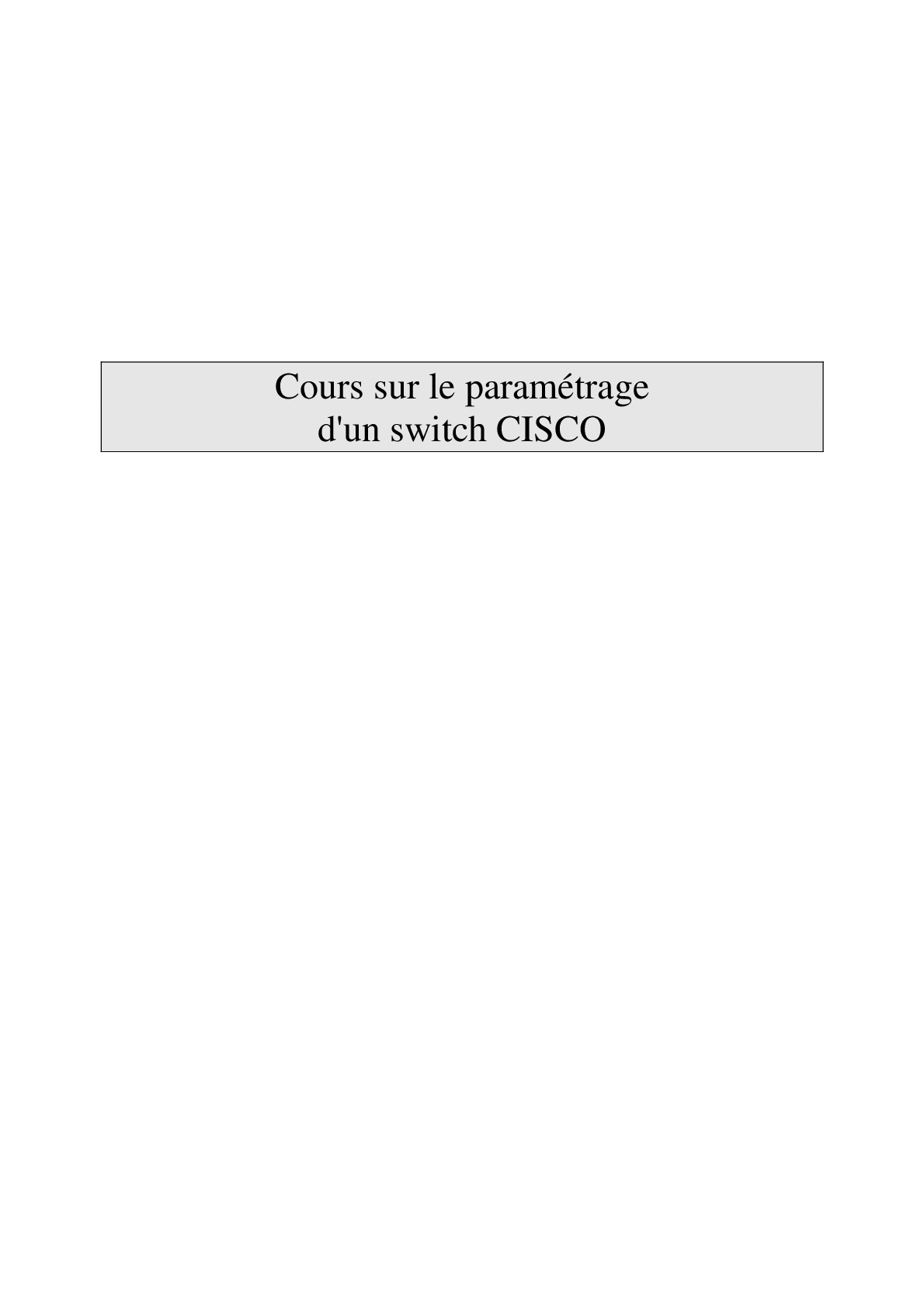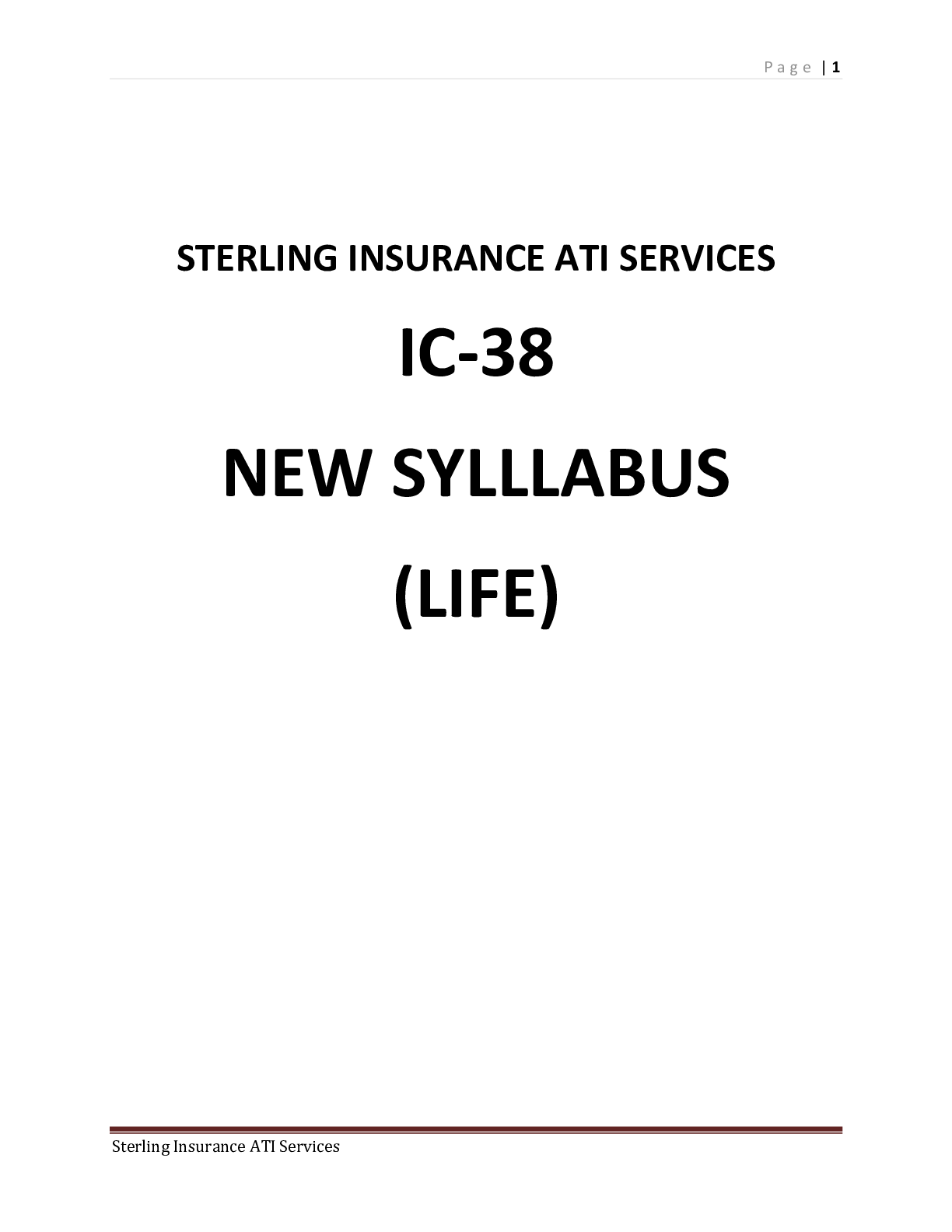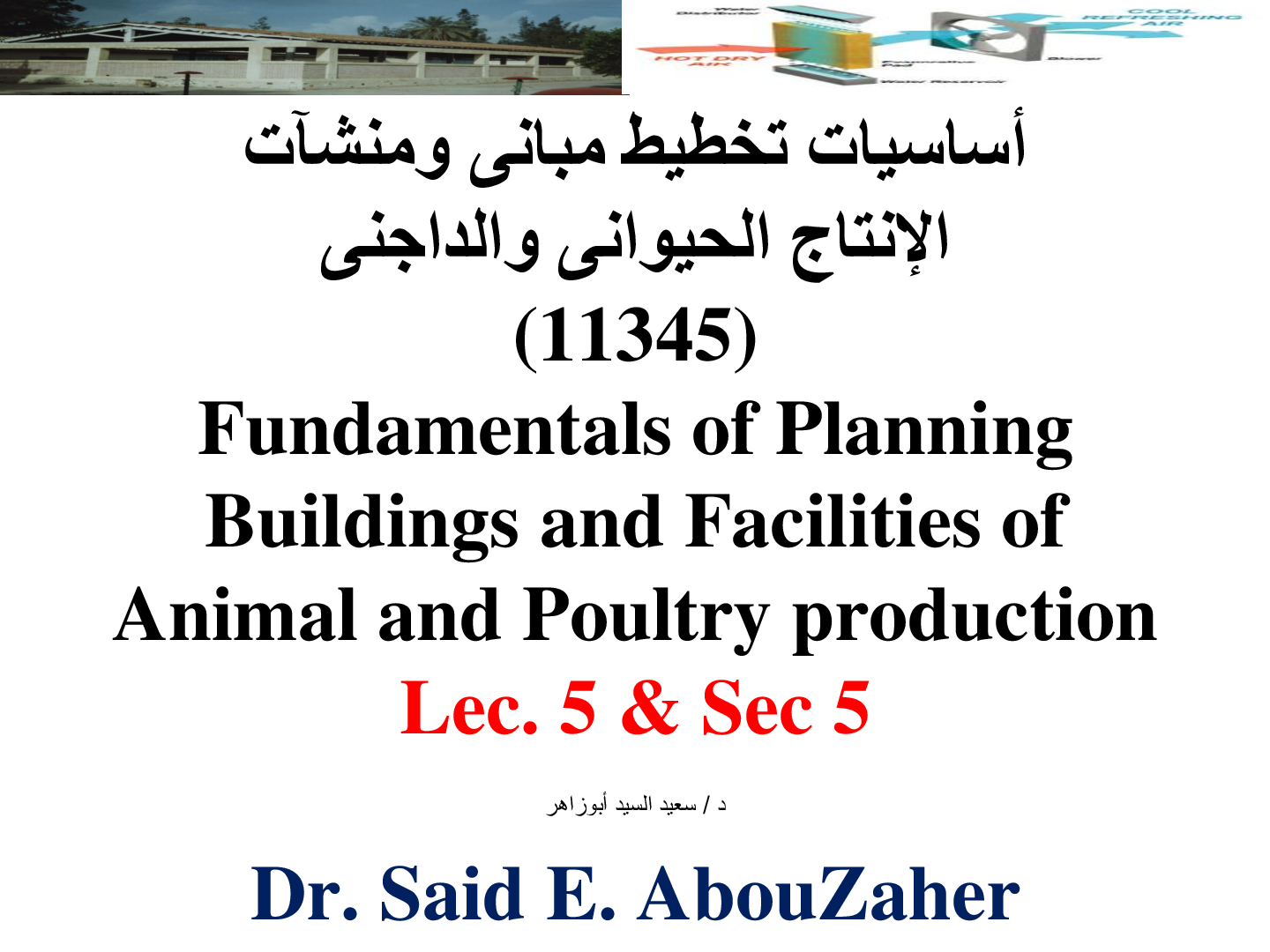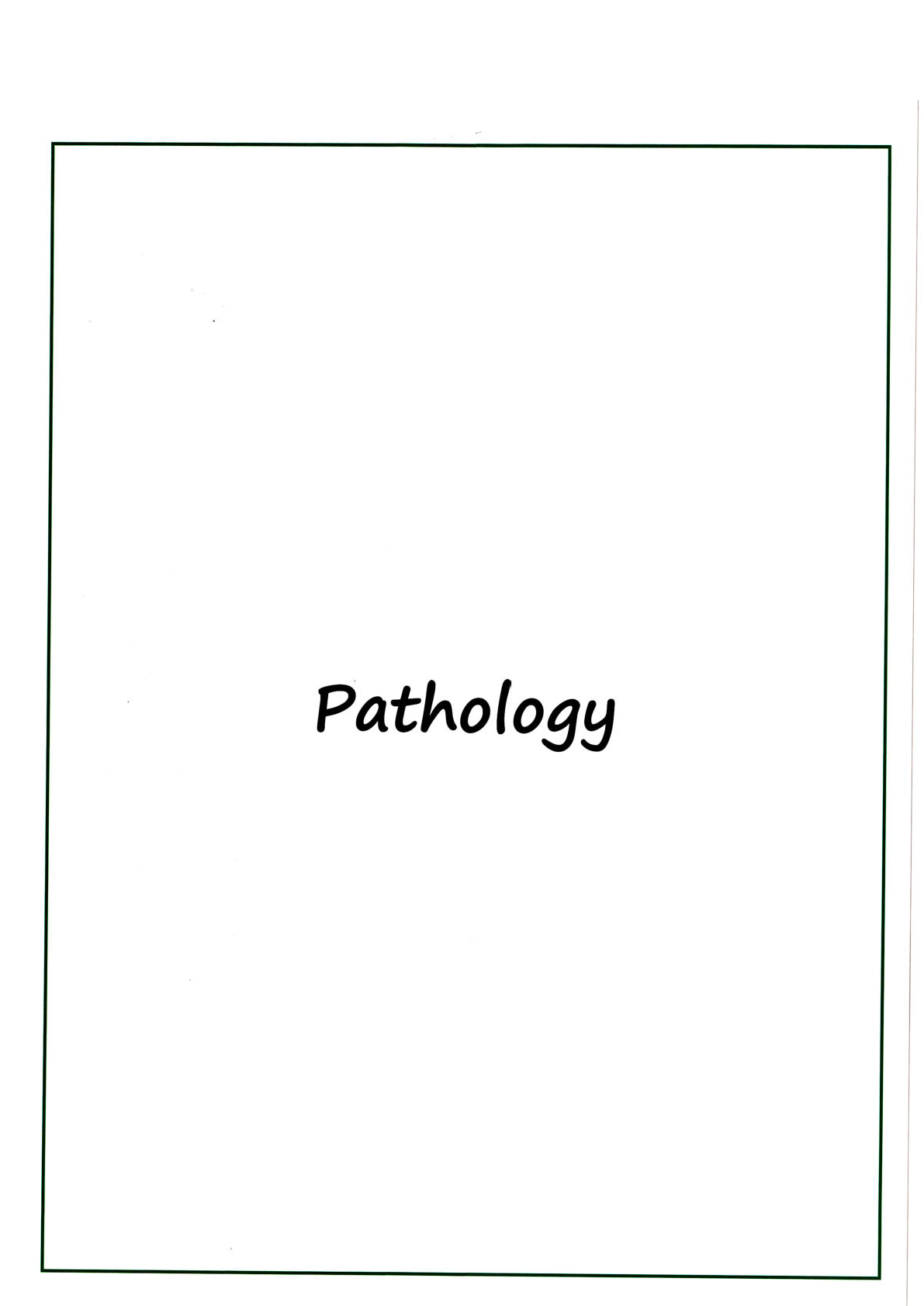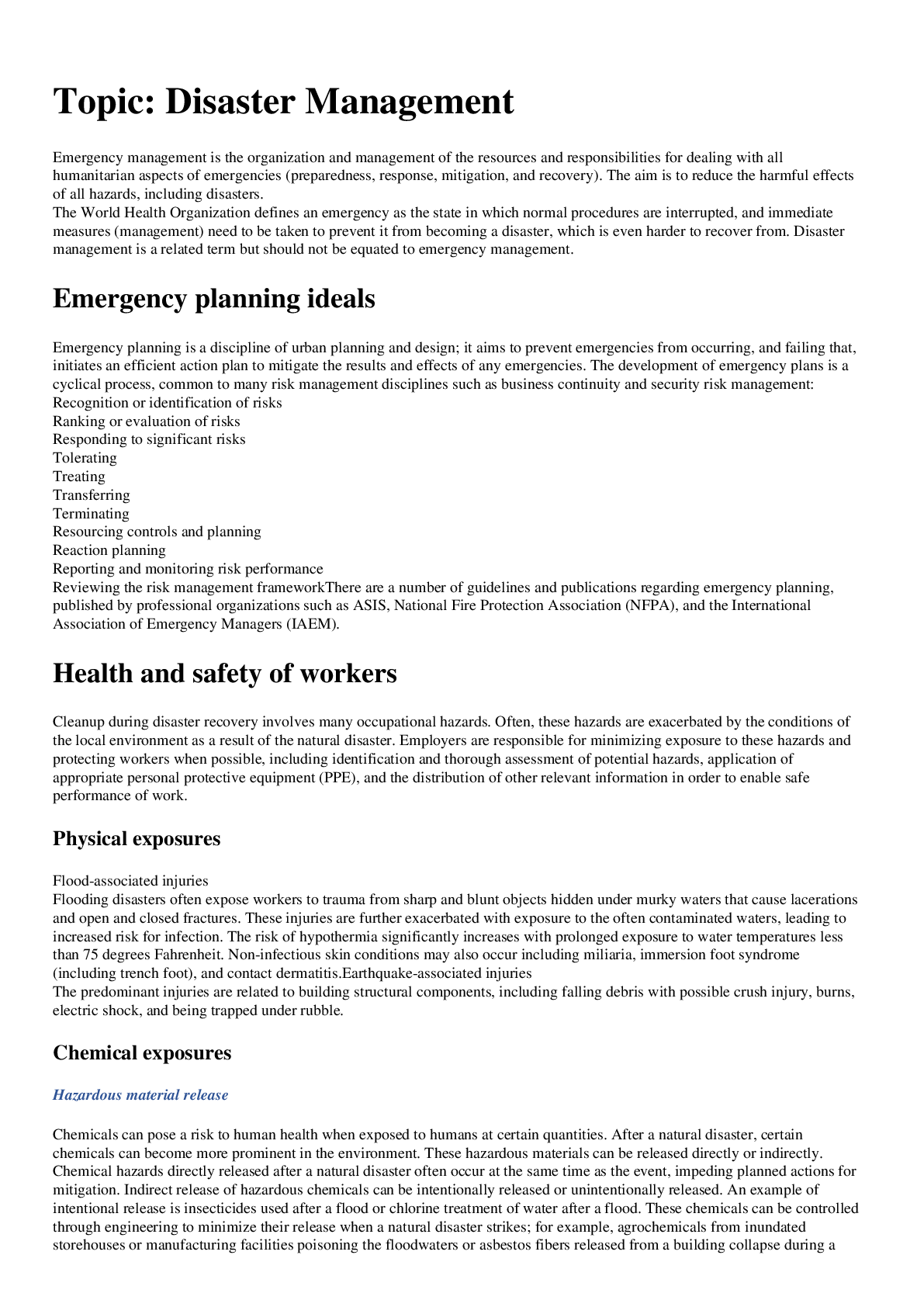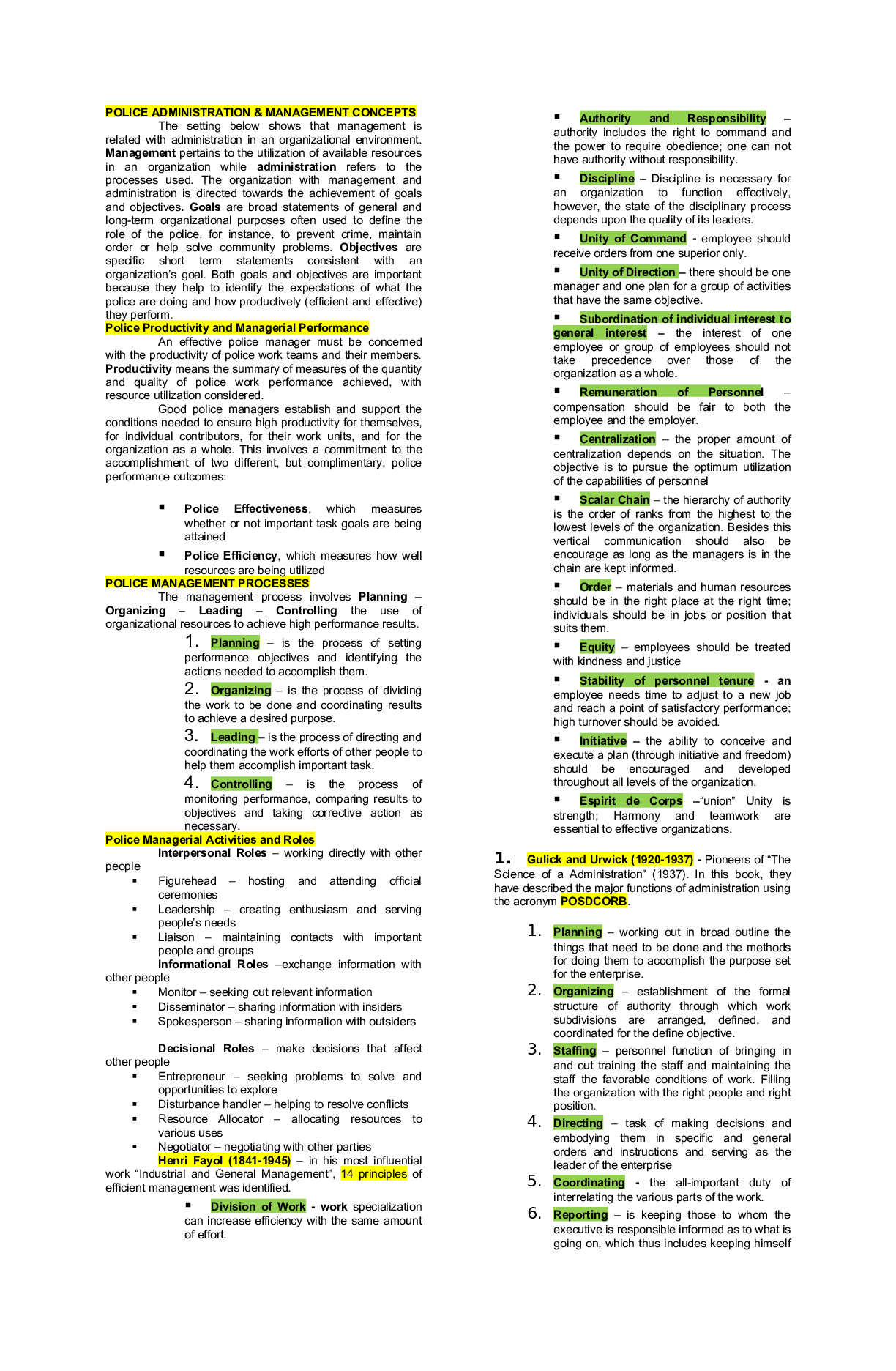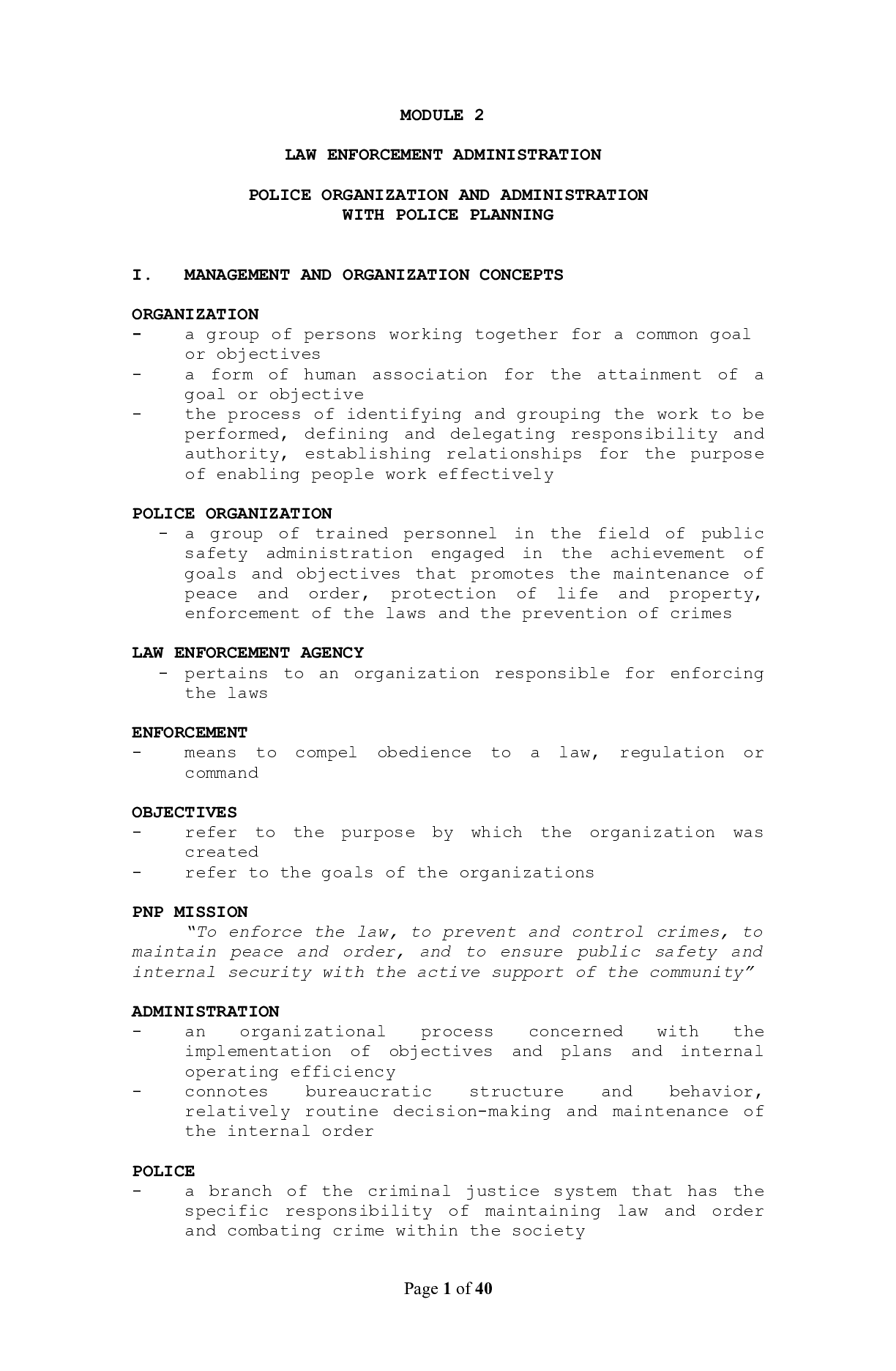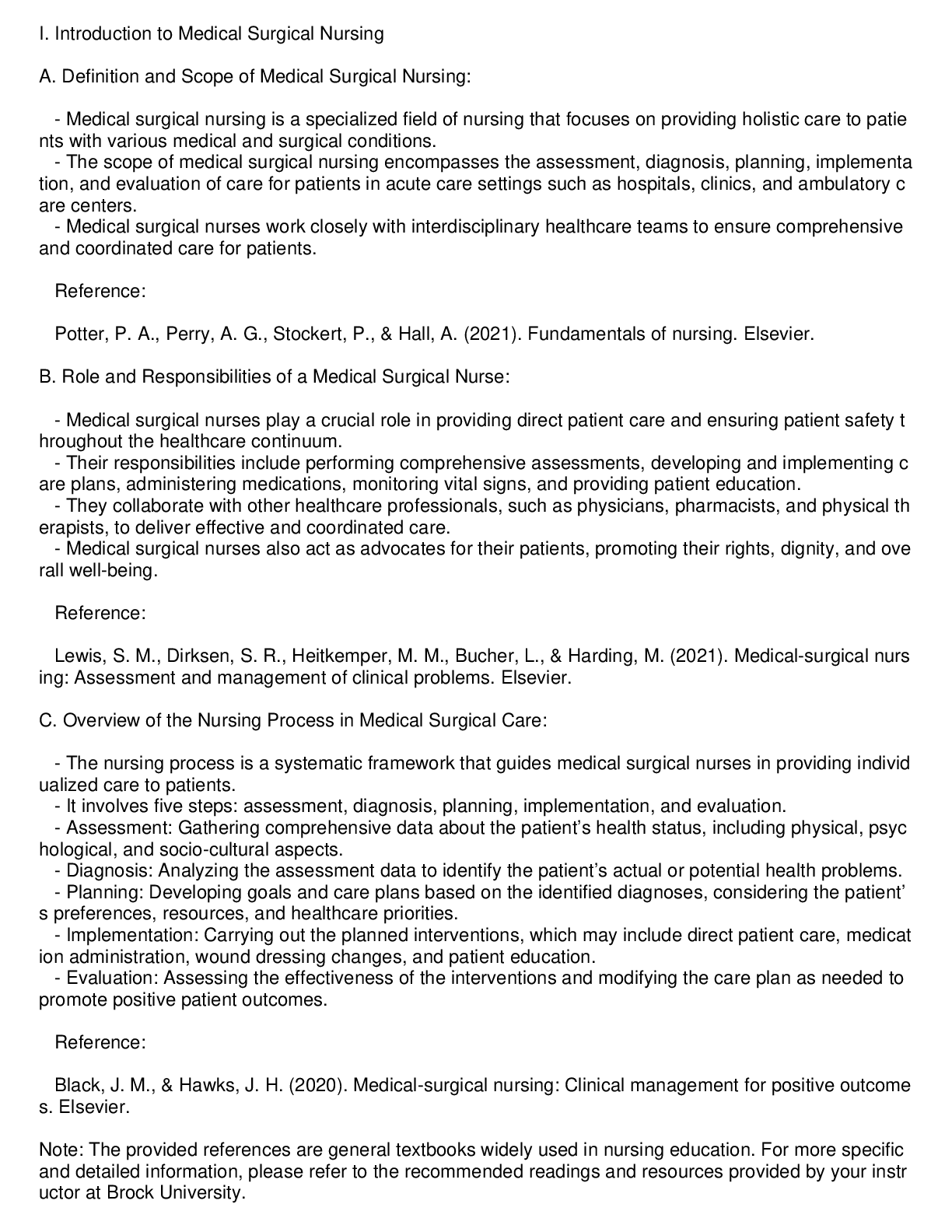RADIOLOGY : Introduction to Medical Imaging
Document Content and Description Below
X-RAY X-rays can be deflected, scattered, and absorbed Factors Affecting Appearance 1. Density – determines how much X-ray will be absorbed Radio-opaque: white on X-ray (bone) Radio-lucent: b... lack on X-ray (air – absorb very little X-rays) Air – Black Fat – Grey/Black Soft Tissues/Organs – Grey Calcium/Bone – White Metal – Intense White CT SCAN Planes - Transverse Plane/Axial Plane (from above) - Sagittal Plane (from side) - Coronal Plane (from front) MRI Contraindication of MRI – pacemakers, insulin pumps, implanted hearing aids, neurostimulators, intracranial metal clips, metallic bodies in eye CT MRI X-rays Magnet and radio waves Better used in trauma cases Better used to examine spinal canal Broken bones and vertebrae more visible Brain tumour more visible Better image of organs in chest and abdomen Better image of tendons and ligaments ULTRASOUND *Does not involve ionizing radiation – uses high frequency sound waves, and is real-time Doppler Ultrasound – measure blood flow in vessels (depending on sound frequency in flowing blood) USE OF CONTRAST *Barium (swallowed for GIT examinations), iodinated contrast (administered intravascularly or intrathecally to outline arteries, veins, spinal cord) Normal Radiograph – Spine When describing X-RAY, must mention LEFT/RIGHT + TYPE OF VIEW (AP/PA/LATERAL) + BODY PART (SHOULDER JOINT/ANKLE JOINT) *Parts of vertebrae – cervical (7), thoracic (12), lumbar (5), sacrum (5), coccyx (4) *Parts of vertebral body – transverse process, spinous process *Where spinal cord ends – L1 or L2 *In spine trauma, CT is highly recommended if there is suspicion of injury / MRI is recommended for spinal cord and nerve injury *Spondylosis, osteomyelitis, discitis, abscess, spinal cord tumour – use MRI CERVICAL Function – support the weight of head *C1 – atlas (ring-shaped, for nodding), C2 – axis (peg-shaped, odontoid process, for shaking head) Projections 1. Antero-Postero View – vertebral bodies and intervertebral spaces 2. Lateral – zygapophyseal joints, soft tissue structure around, spinous processes, AP relationship of vertebral bodies 3. Odontoid – C1 C2 peg projection 4. AP Oblique – show intervertebral foramina further from image receptor 5. PA Oblique – show intervertebral foramina closer to image receptor 6. Cervicothoracic View – modified lateral projection of C7 and T1 junction 7. Flexion-Extension Lateral – to assess spinal stability THORACIC Function – hold rib cage and protect heart & lungs Projections 1. AP View – performed erect / can see intervertebral joints 2. Lateral View – can see posterior spinous processes / intervertebral joints / neural foramen (ideal for suspected fractures or dislocations) [Show More]
Last updated: 1 year ago
Preview 1 out of 24 pages

Buy this document to get the full access instantly
Instant Download Access after purchase
Buy NowInstant download
We Accept:

Also available in bundle (1)

A PACKAGE DEAL OF Radiology & Imaging Technology
A PACKAGE DEAL OF Radiology & Imaging Technology
By EXCELLENCE NURSING LIBRARY 1 year ago
$53
4
Reviews( 0 )
$11.50
Can't find what you want? Try our AI powered Search
Document information
Connected school, study & course
About the document
Uploaded On
Dec 12, 2023
Number of pages
24
Written in
Additional information
This document has been written for:
Uploaded
Dec 12, 2023
Downloads
0
Views
88


